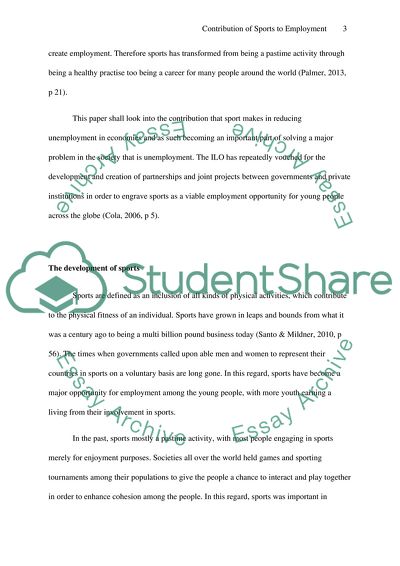Cite this document
(Contribution of Sports to Employment Research Paper, n.d.)
Contribution of Sports to Employment Research Paper. Retrieved from https://studentshare.org/sports-and-recreation/1826034-contribution-of-sport-to-broader-social-policy-agenda
Contribution of Sports to Employment Research Paper. Retrieved from https://studentshare.org/sports-and-recreation/1826034-contribution-of-sport-to-broader-social-policy-agenda
(Contribution of Sports to Employment Research Paper)
Contribution of Sports to Employment Research Paper. https://studentshare.org/sports-and-recreation/1826034-contribution-of-sport-to-broader-social-policy-agenda.
Contribution of Sports to Employment Research Paper. https://studentshare.org/sports-and-recreation/1826034-contribution-of-sport-to-broader-social-policy-agenda.
“Contribution of Sports to Employment Research Paper”, n.d. https://studentshare.org/sports-and-recreation/1826034-contribution-of-sport-to-broader-social-policy-agenda.


